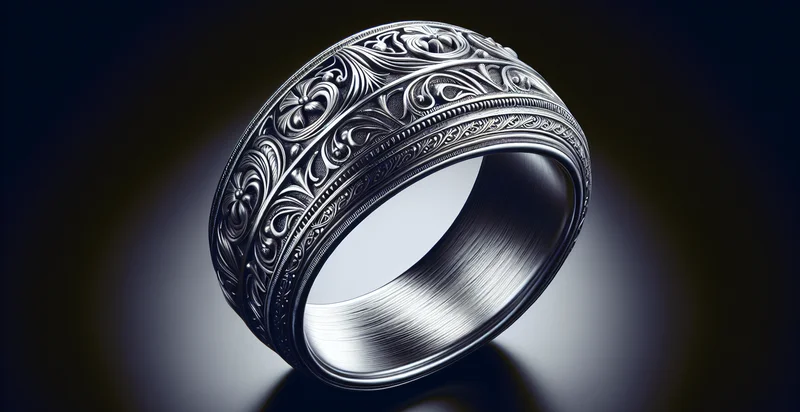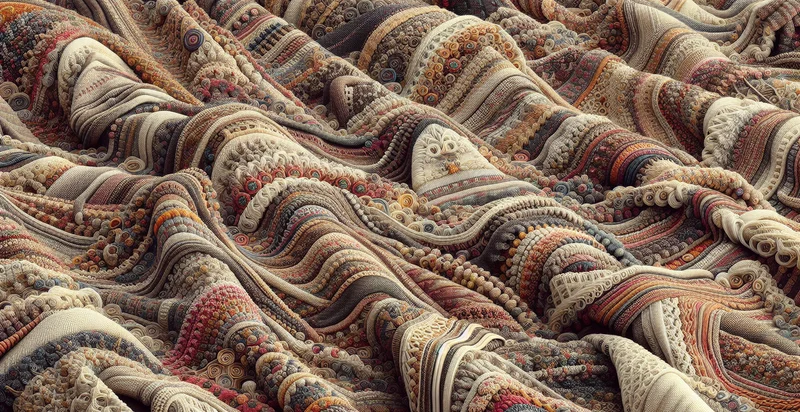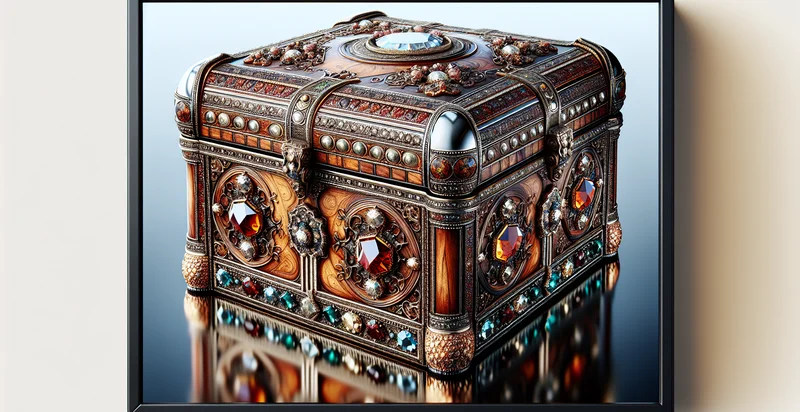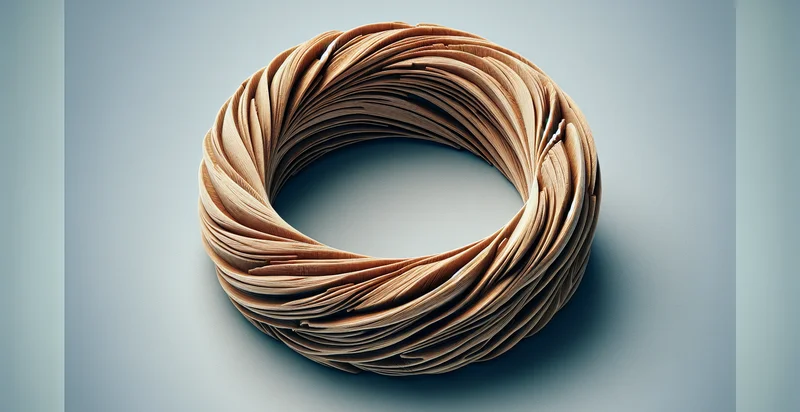Identify what material a ring is made from
using AI
Below is a free classifier to identify what material a ring is made from. Just upload your image, and our AI will predict what material a ring is made from - in just seconds.

Contact us for API access
Or, use Nyckel to build highly-accurate custom classifiers in just minutes. No PhD required.
Get started
import nyckel
credentials = nyckel.Credentials("YOUR_CLIENT_ID", "YOUR_CLIENT_SECRET")
nyckel.invoke("what-material-a-ring-is-made-from", "your_image_url", credentials)
fetch('https://www.nyckel.com/v1/functions/what-material-a-ring-is-made-from/invoke', {
method: 'POST',
headers: {
'Authorization': 'Bearer ' + 'YOUR_BEARER_TOKEN',
'Content-Type': 'application/json',
},
body: JSON.stringify(
{"data": "your_image_url"}
)
})
.then(response => response.json())
.then(data => console.log(data));
curl -X POST \
-H "Content-Type: application/json" \
-H "Authorization: Bearer YOUR_BEARER_TOKEN" \
-d '{"data": "your_image_url"}' \
https://www.nyckel.com/v1/functions/what-material-a-ring-is-made-from/invoke
How this classifier works
To start, upload your image. Our AI tool will then predict what material a ring is made from.
This pretrained image model uses a Nyckel-created dataset and has 23 labels, including Acrylic, Brass, Bronze, Carbon Fiber, Ceramic, Copper, Enamel, Fiberglass, Gemstone and Glass.
We'll also show a confidence score (the higher the number, the more confident the AI model is around what material a ring is made from).
Whether you're just curious or building what material a ring is made from detection into your application, we hope our classifier proves helpful.
Related Classifiers
Need to identify what material a ring is made from at scale?
Get API or Zapier access to this classifier for free. It's perfect for:
- Jewelry Appraisal: This function can be used by jewelers and appraisers to quickly determine the material of rings brought in for appraisal. By identifying materials, professionals can provide accurate valuations and ensure customers receive fair prices for their jewelry.
- E-commerce Quality Verification: Online retailers can implement this function to verify the material of rings listed on their platforms. This not only enhances product descriptions but also builds customer trust by ensuring that what is advertised matches the actual product.
- Fraud Detection: Securities firms can use this technology to investigate the authenticity of rings presented as collateral for loans or investment. By confirming the material, companies can assess the true value of the items and mitigate risks associated with fraudulent claims.
- Custom Jewelry Design: Jewelers offering custom design services can utilize this function to differentiate between various materials being requested by customers. By understanding the material composition, they can advise on the best choices based on durability, aesthetics, and cost.
- Consumer Education: Retail outlets can employ this classification function to educate customers about different ring materials and their properties. Providing insights into the characteristics of materials can help customers make informed decisions when purchasing jewelry.
- Antique Restoration: Restoration specialists can leverage this technology to identify materials of vintage and antique rings before undertaking restoration work. Knowing the original material ensures that the restoration maintains historical accuracy and enhances the value of the piece.
- Compliance and Regulation: Manufacturers of jewelry can use this function to ensure compliance with regulations regarding materials (e.g., conflict minerals, ethical sourcing). Accurate identification helps businesses adhere to industry standards and avoid legal repercussions related to material sourcing.


